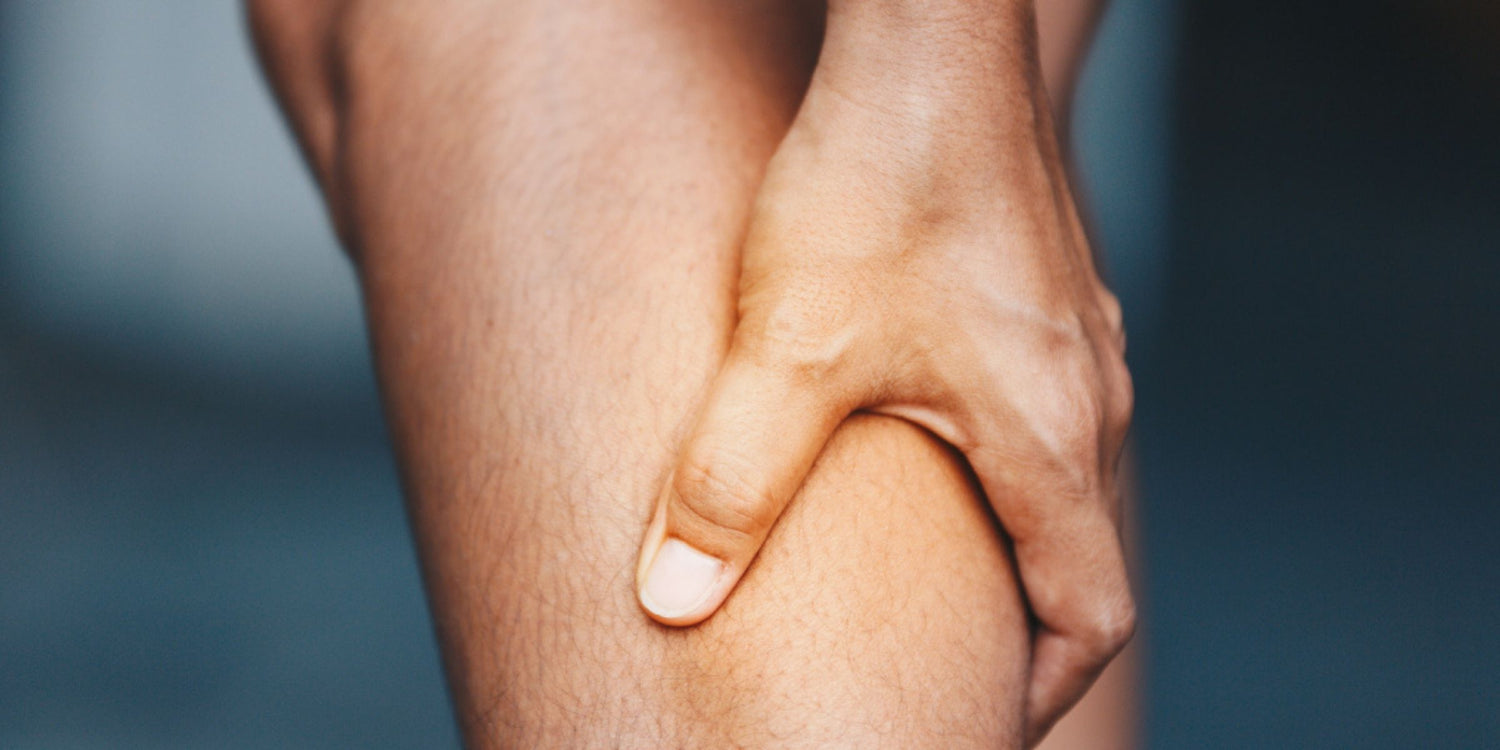Why are your muscles important?
If the body is a machine, then the muscles are the engine–they turn energy into movement. By contracting and relaxing, muscles work together to pull the bones, ligaments and tendons to create motion.
But muscles aren’t just for movement. They make internal organs function, keep the body warm, pump blood through the arteries, focus eyesight, and much more.
Skeletal Muscles
Biceps, calves, quads and delts–these types of muscles enable us to move through the world and they also generate around 85% of the body’s heat. But there are other parts of the body that we don’t always think of as “muscles”.
Smooth Muscles
The digestive tract, blood vessels, bladder, airways, uterus, and even the eyes are lined with smooth muscles–the kind of muscles that move involuntarily. The nervous system controls them without us having to think about it. That means they’re contracting and relaxing all day, without us really knowing what’s going on in there.
Cardiac Muscles
The heart contains cardiac muscle, which has incredible endurance and consistency to keeps us ticking.
There are over 600 muscles in the human body and they’re all made up of similar material – tens of thousands of muscle fibres group together to form an elastic-y, strong tissue, which is connected to the nervous system. What all of these muscles have in common is their ability to turn cellular energy into motion, and contribute to key functions that keep us healthy.
When something goes wrong with the muscles, it can affect the entire body.
Muscle Problems
Muscle Twitches
Fascirculation, or muscle twitches, happen when small skeletal muscles contract involuntarily. Stimulation or damage to nerve fibres sends inappropriately timed signals through the nervous system, switching the muscles “on” when they should be “off”.
Minor twitches can be caused by stress and anxiety, consuming too much caffeine or other stimulants, or not getting enough nutrients like calcium, magnesium, or B vitamins. These types of twitches occur occasionally and usually subside after a couple of days.
Muscle Spasms
Spasms are more extreme than twitches, because they tend to affect larger muscles and cause stronger contractions that can last for minutes at a time. Muscle spasms can be painful and feel like the muscle is cramping.
Muscle spasms are also caused by involuntary contractions from nerve signals, as well as dehydration, from putting too much of a load on the muscles, or from not getting enough electrolytes like magnesium or calcium [1].
Loss of Muscle Mass
Muscle mass is one of the biggest determinants of health. On average, muscles make up 40% of the body’s weight. A study in 2018 found that significant loss of muscle mass was associated with a decreased quality of life [2], and another study found that people who lived longer tended to have higher muscle mass [3].
It makes sense–thicker and stronger muscles support the body’s strength, energy levels, and mobility. But once we hit 40 years of age, our muscle mass naturally begins to decline. The body can become weak, fatigued, and at higher risk of injury if muscle fibres atrophy too much because of age or illness. Dietary protein, magnesium, and HMB have been shown to support muscle mass [1] to counteract natural atrophy of muscle mass.
Quick Tips for Muscle Health
- Use ‘em or lose ‘em–muscle mass is maintained by regular use. Support your muscle mass with regular exercise.
- Calcium, magnesium, and potassium are used in the contraction and relaxation of muscle fibres. Take care of your muscles by getting plenty of these minerals in your diet and supplements.
- Stretching doesn’t just feel good–it keeps muscles flexible, prevents muscle tears, and maintains muscle length so that you can achieve a full range of motion.
References:
[1] van Dronkelaar, Carliene et al. (2018) Minerals and Sarcopenia; The Role of Calcium, Iron, Magnesium, Phosphorus, Potassium, Selenium, Sodium, and Zinc on Muscle Mass, Muscle Strength, and Physical Performance in Older Adults: A Systematic Review. Journal of the American Medical Directors Association, Volume 19, Issue 1, 6 - 11.e3 https://www.jamda.com/article/S1525-8610(17)30305-5/fulltext
[2] Rizzoli R, Reginster JY, Arnal JF, et al. Quality of life in sarcopenia and frailty. Calcif Tissue Int. 2013;93(2):101–120. doi:10.1007/s00223-013-9758-y https://www.ncbi.nlm.nih.gov/pmc/articles/PMC3747610/
[3] Srikanthan, Preethi et al. (2009) Muscle Mass Index As a Predictor of Longevity in Older Adults. The American Journal of Medicine, Volume 127, Issue 6, 547 - 553. https://www.amjmed.com/article/S0002-9343(14)00138-7/fulltext




